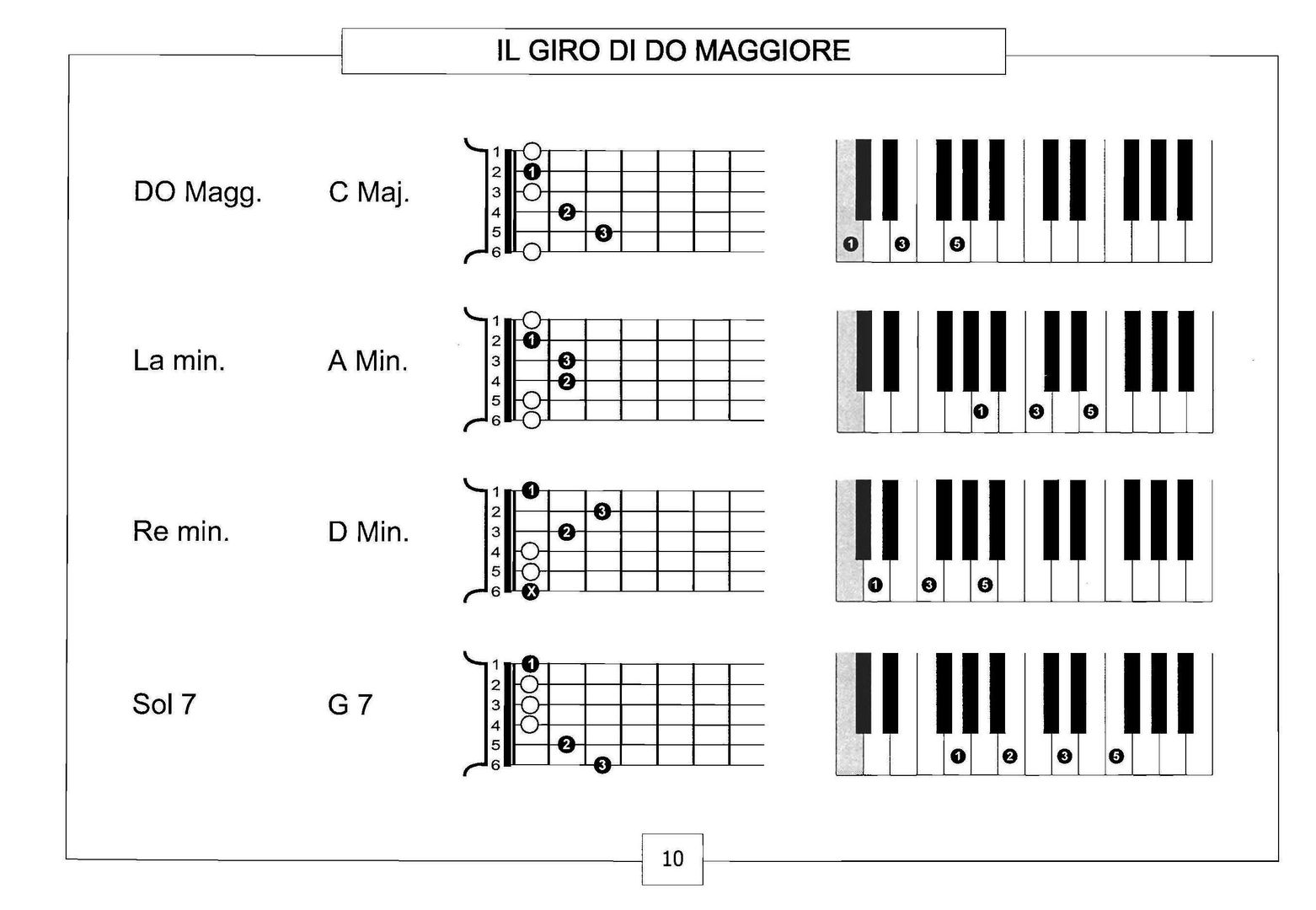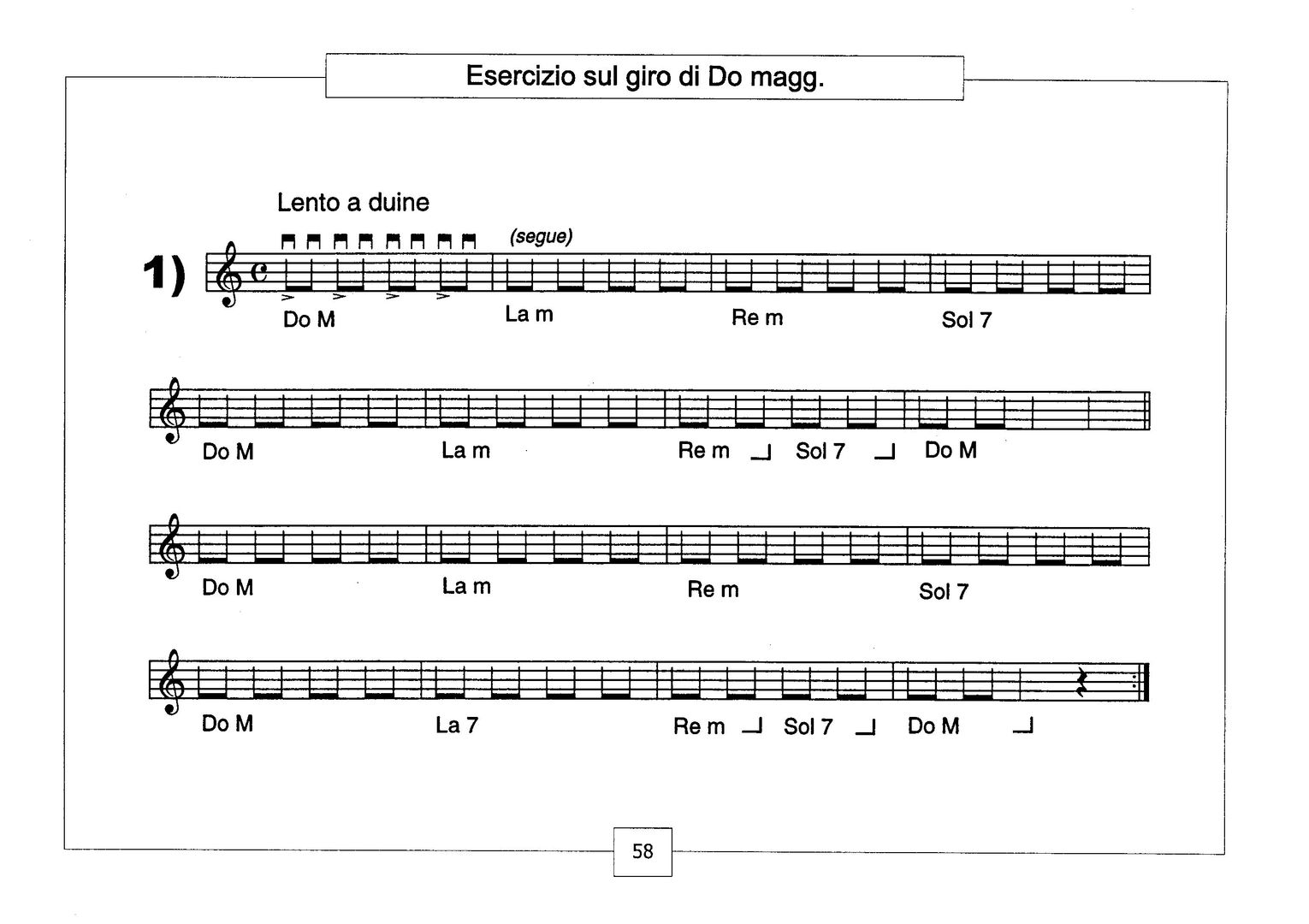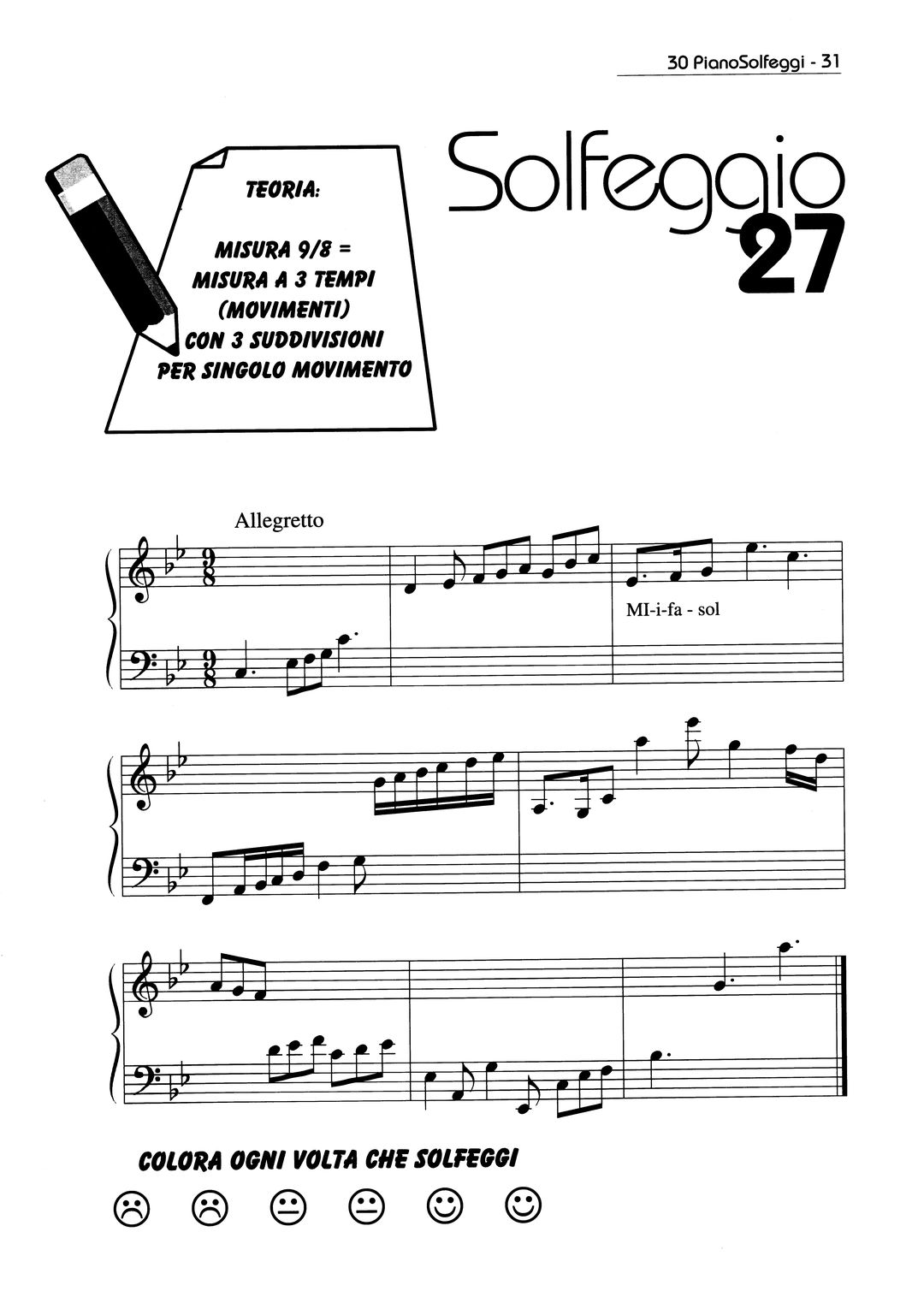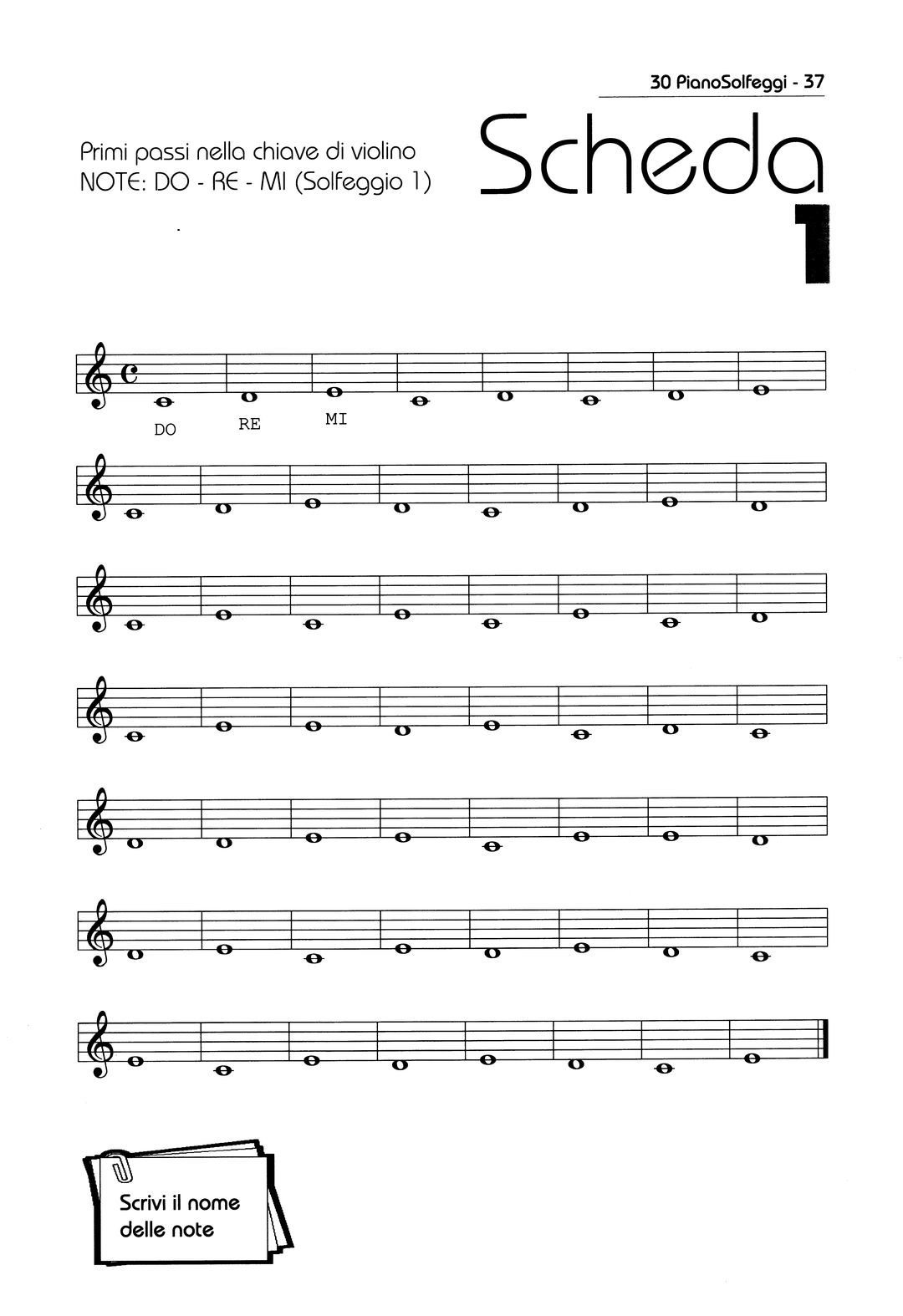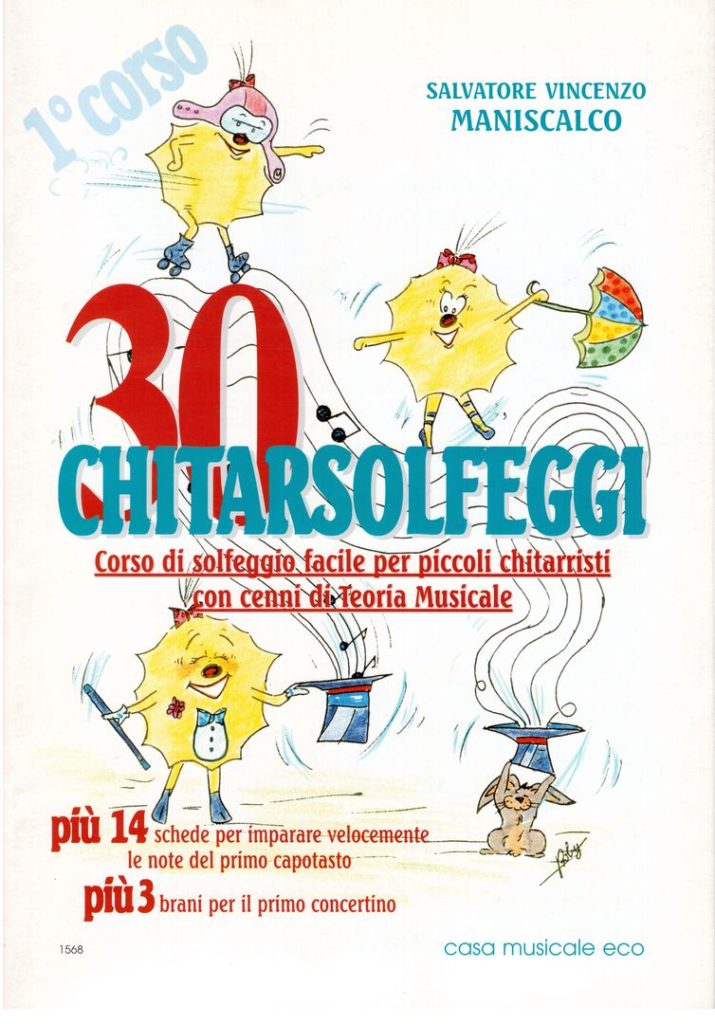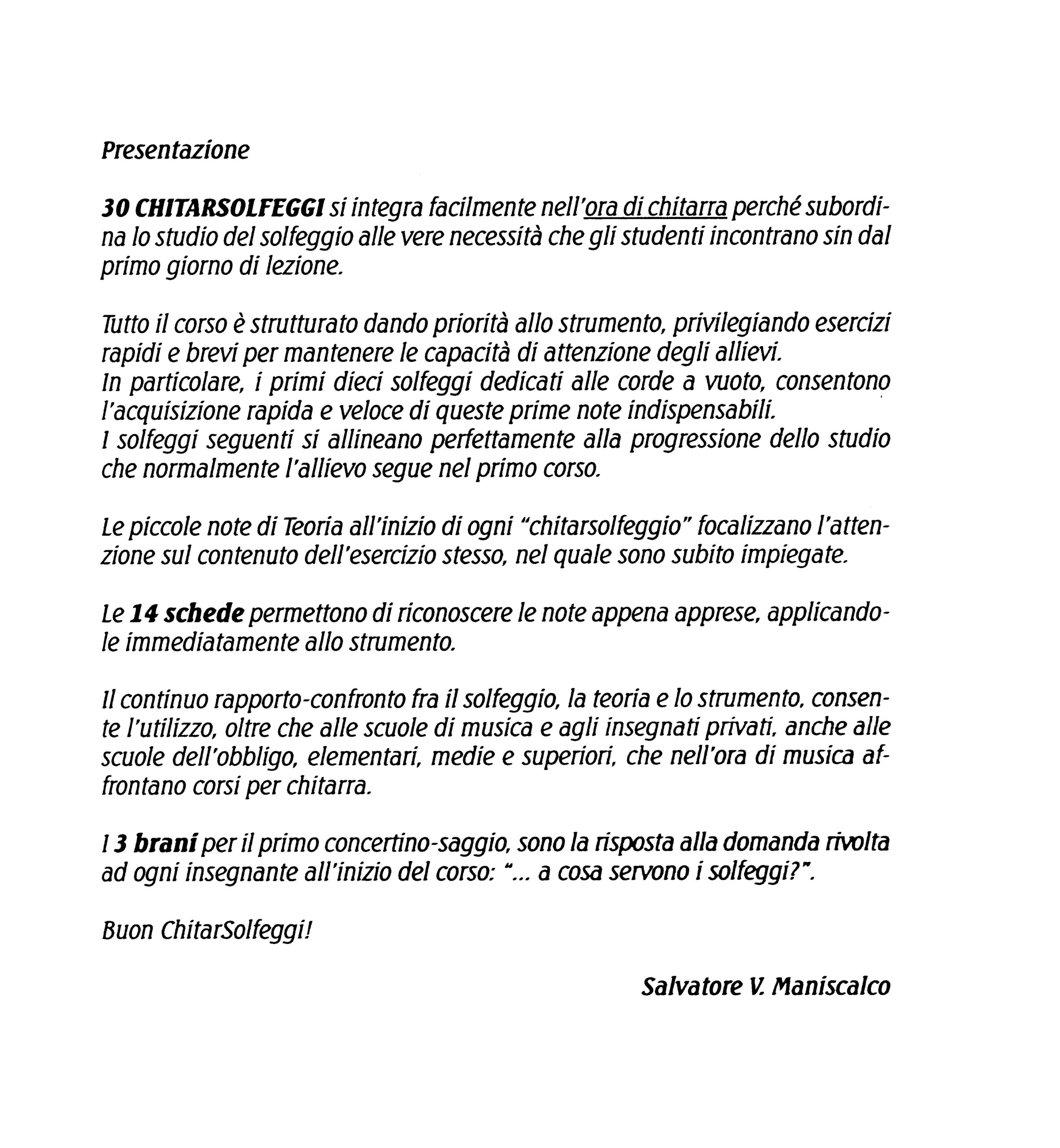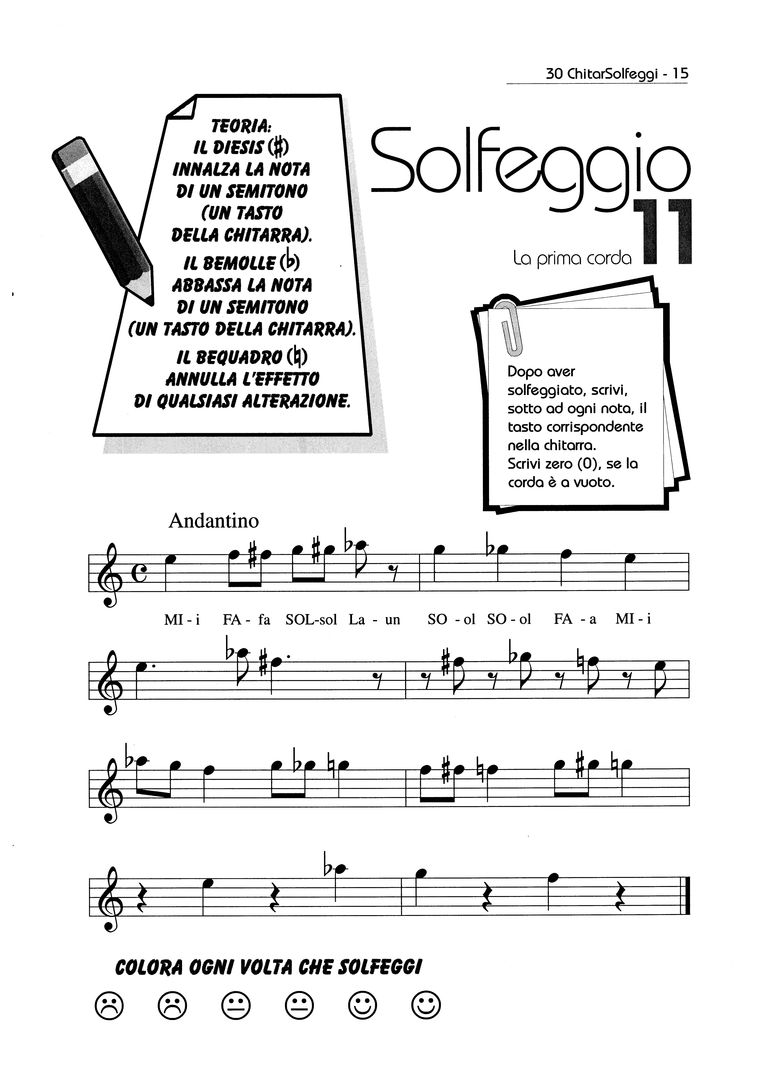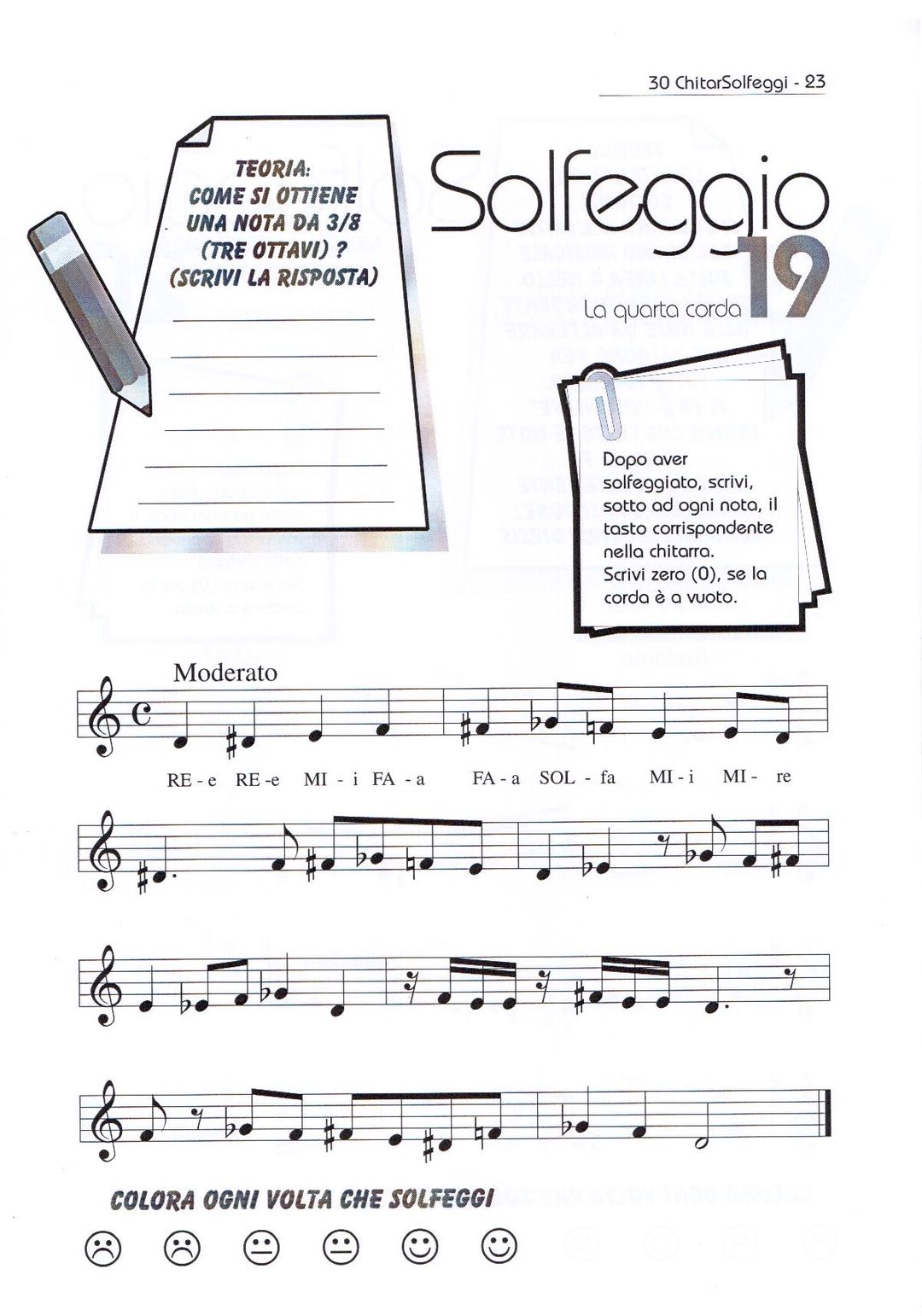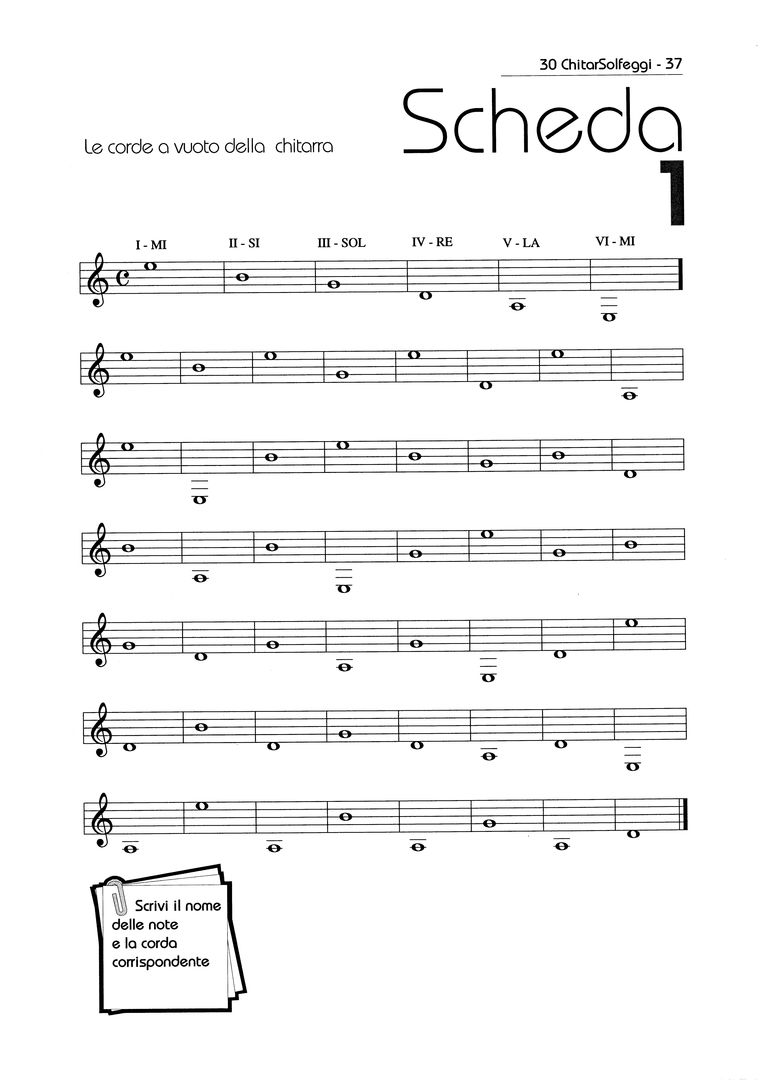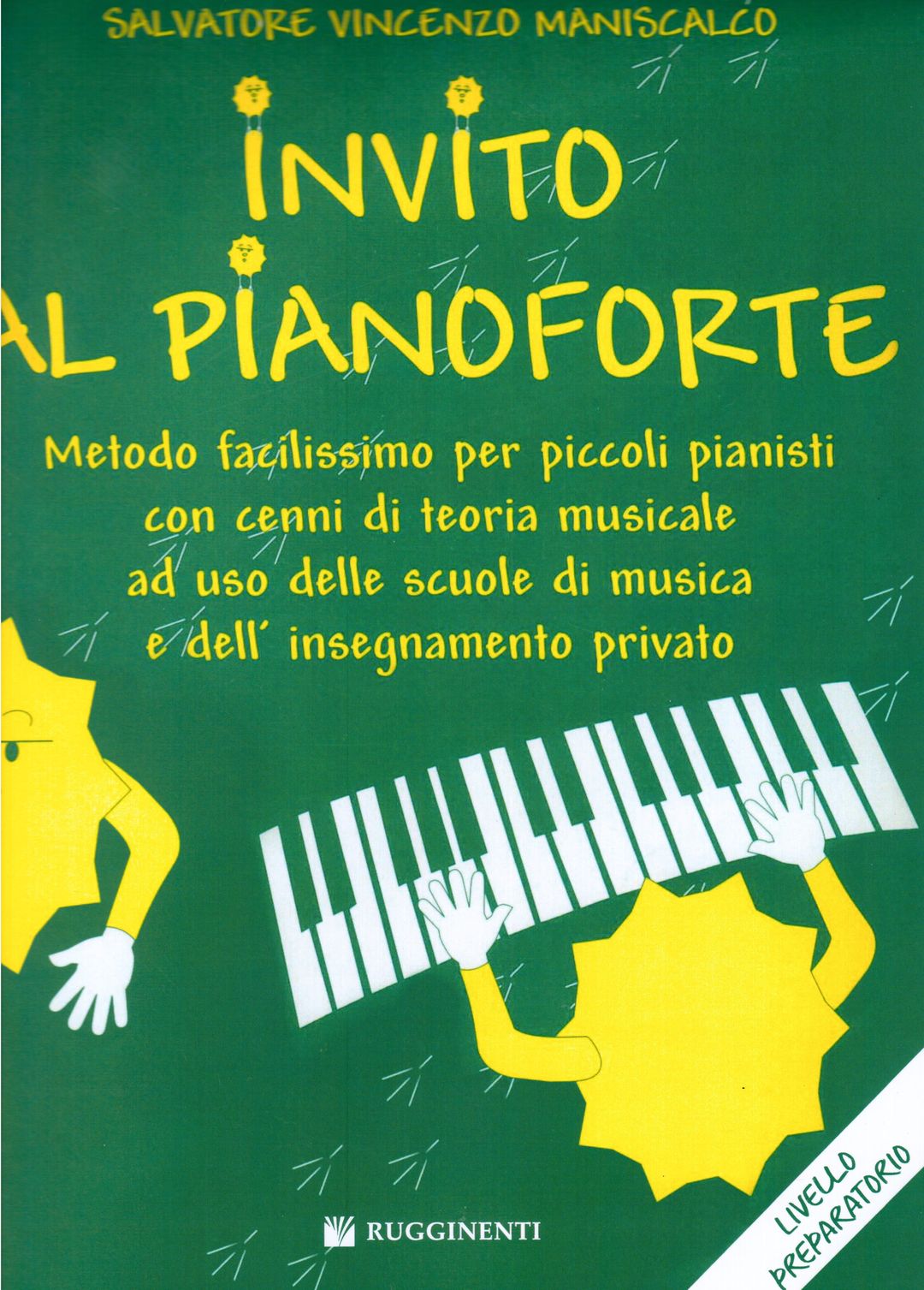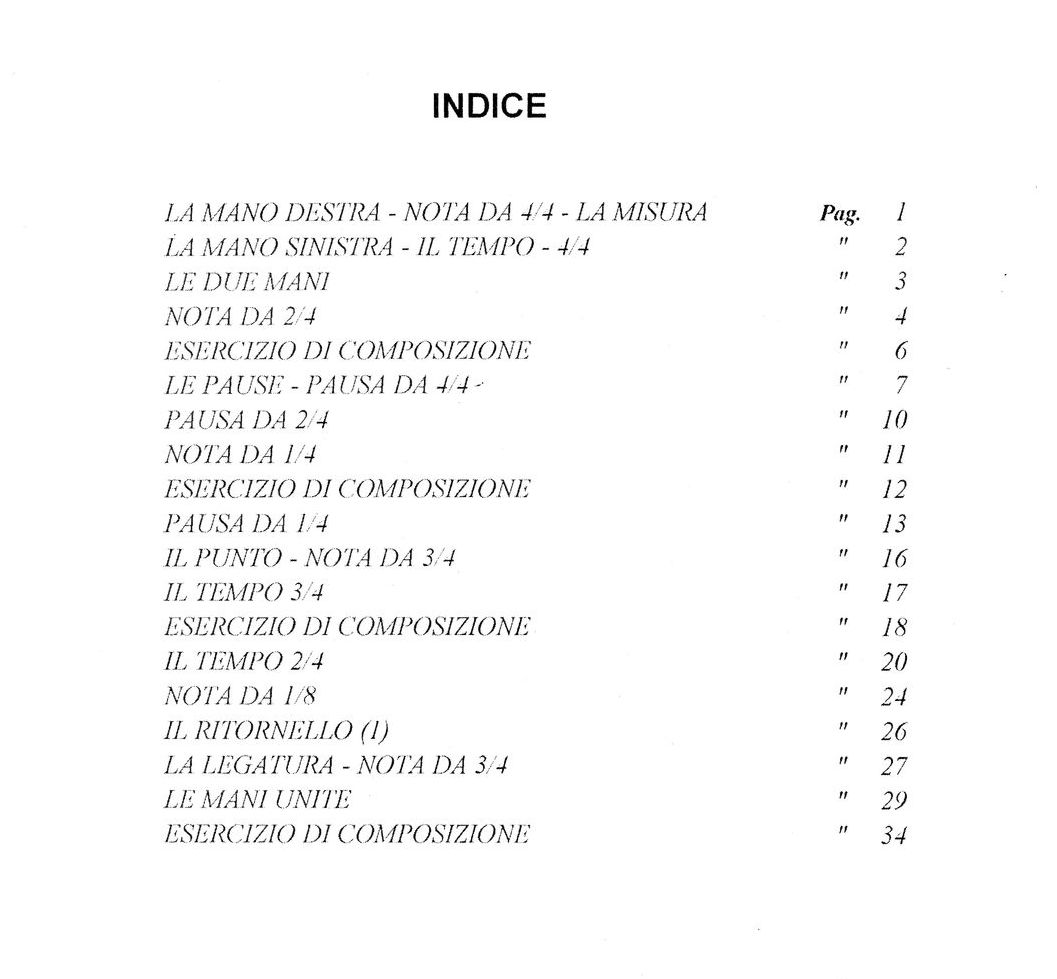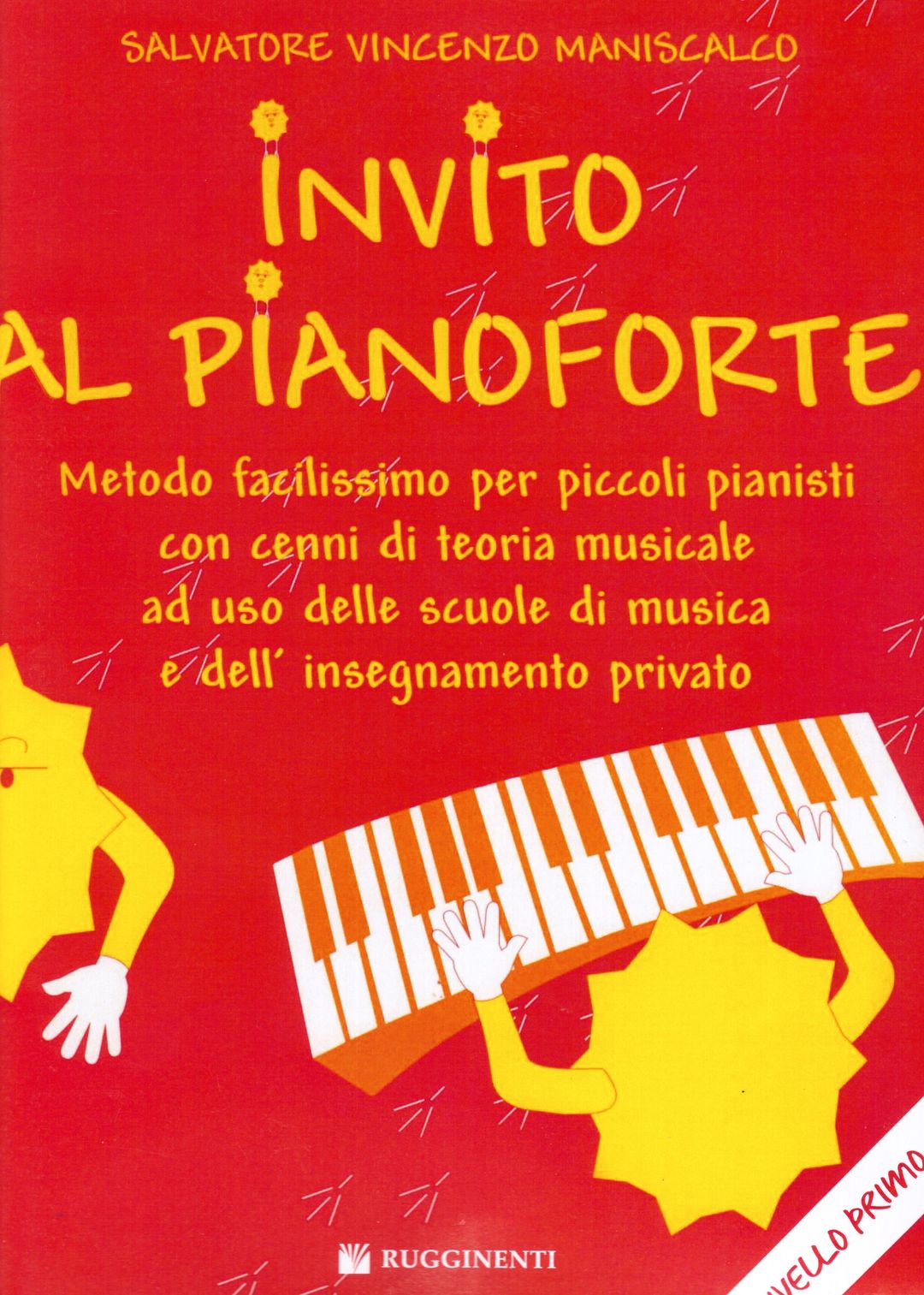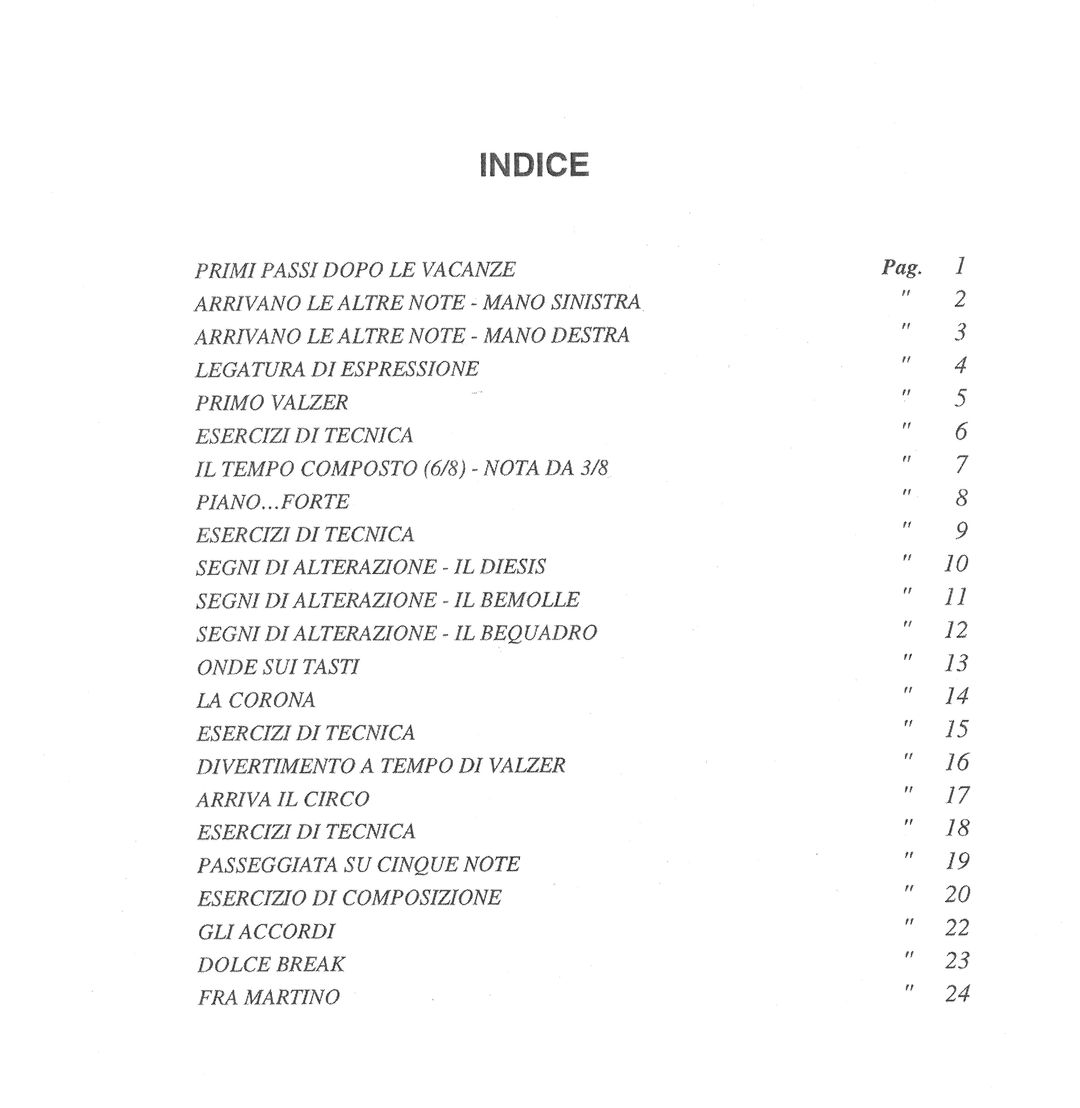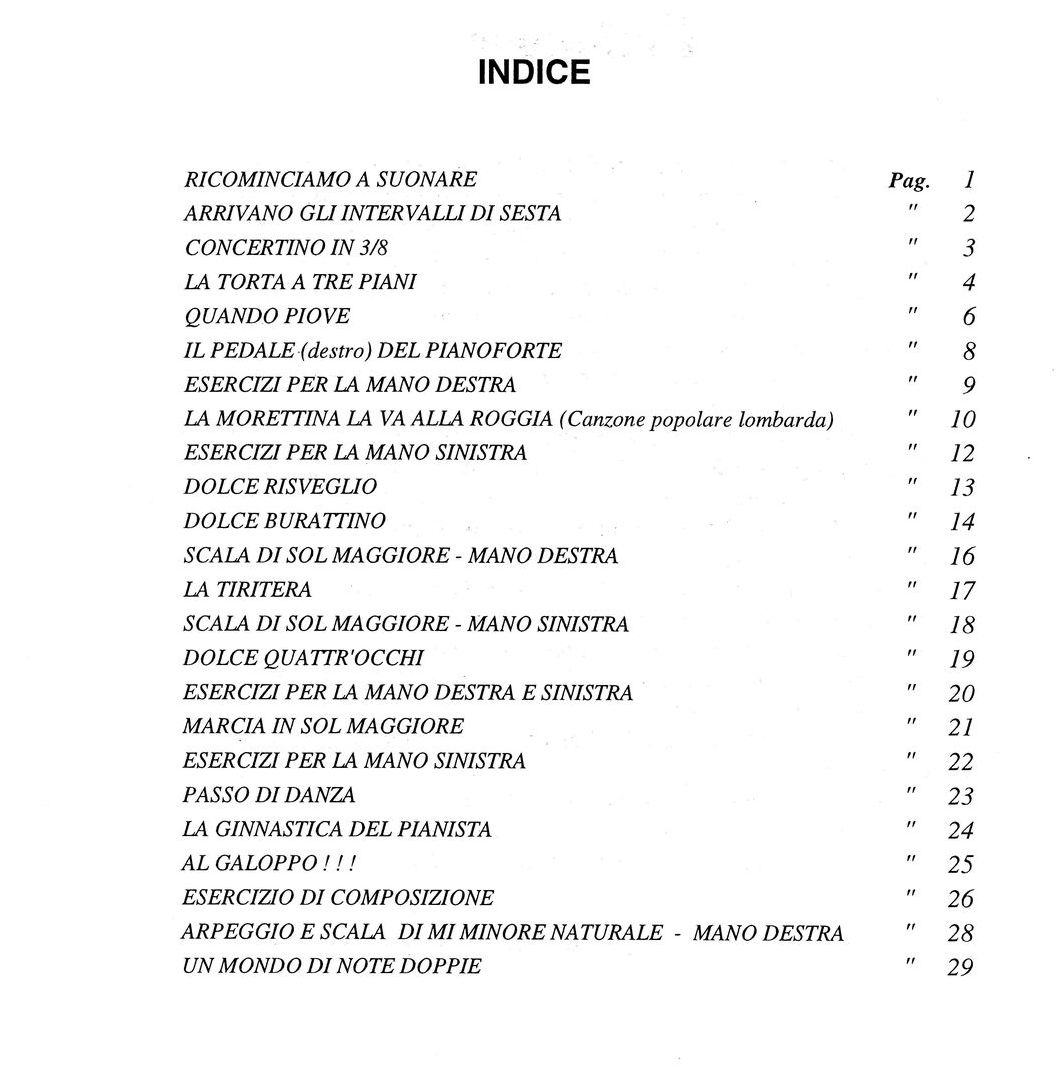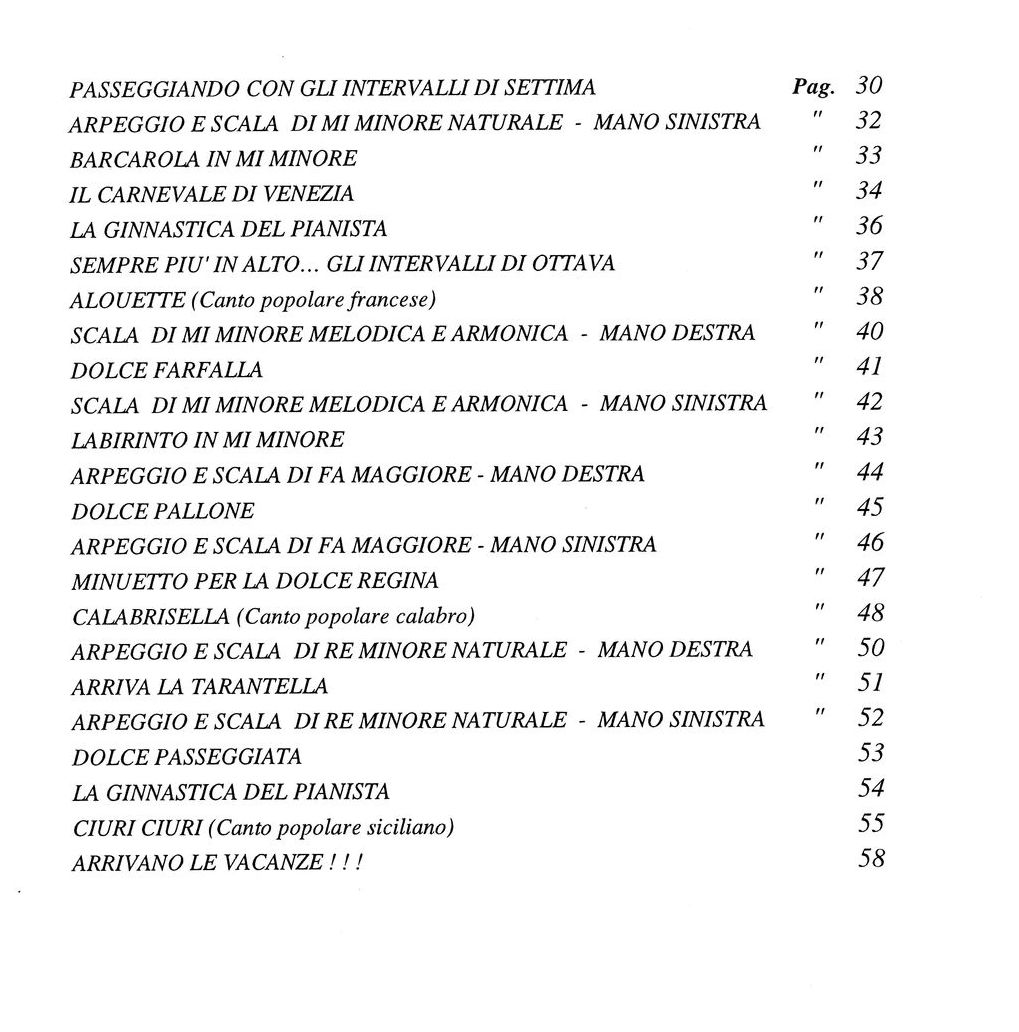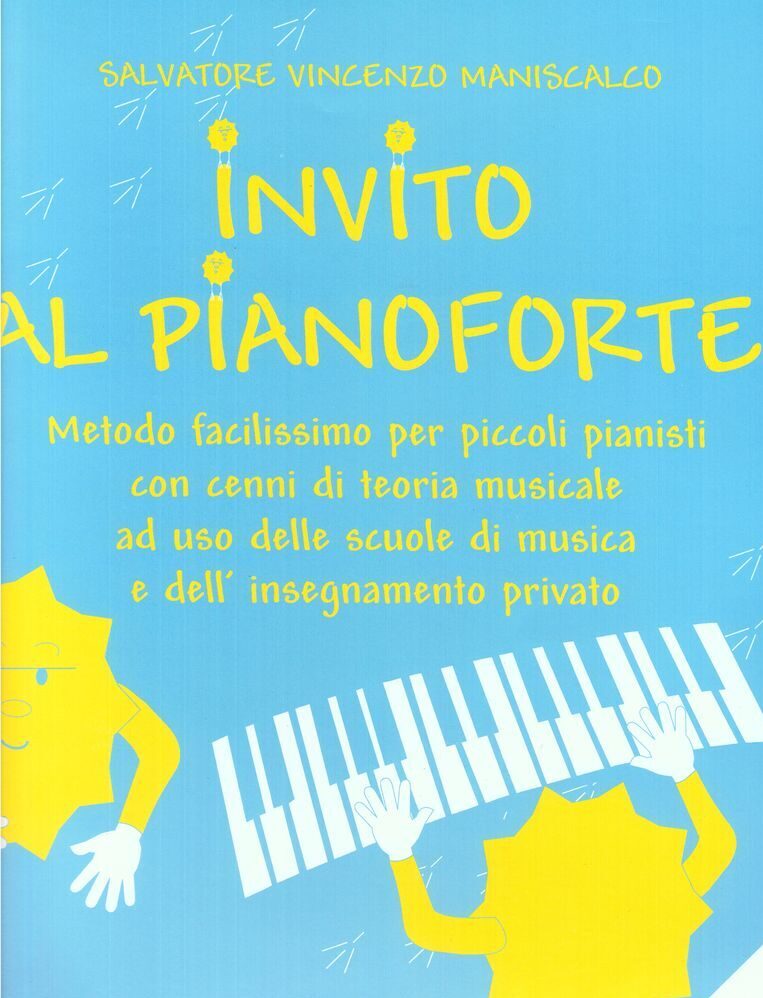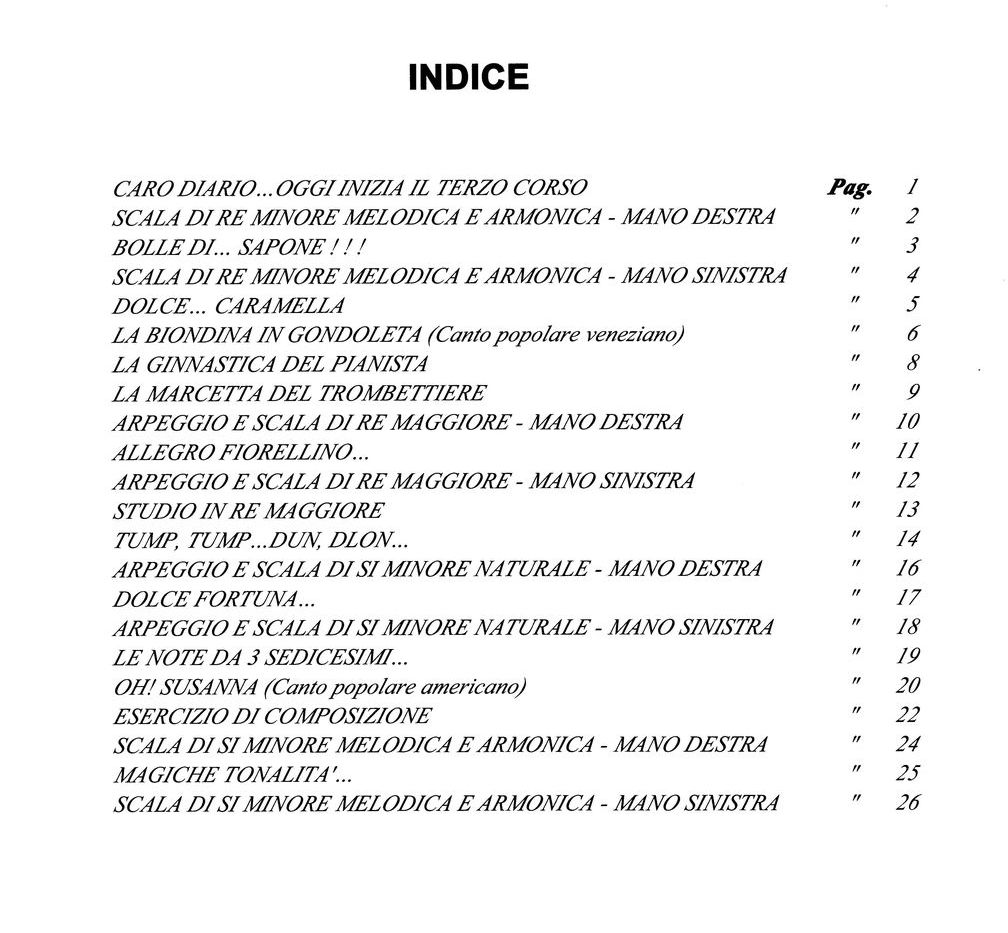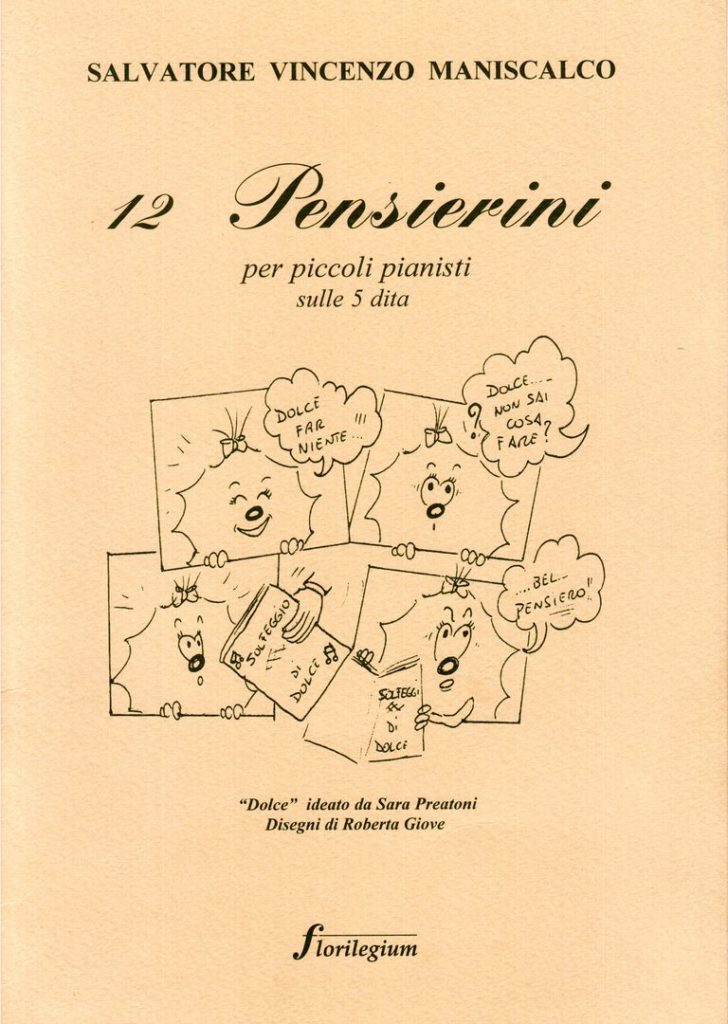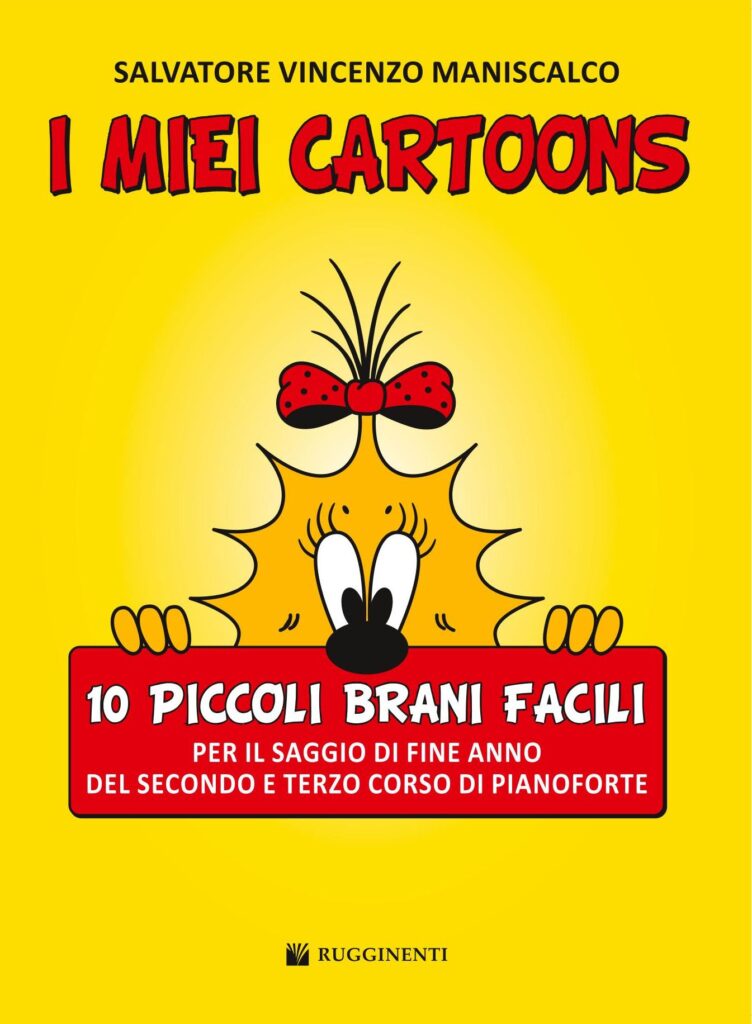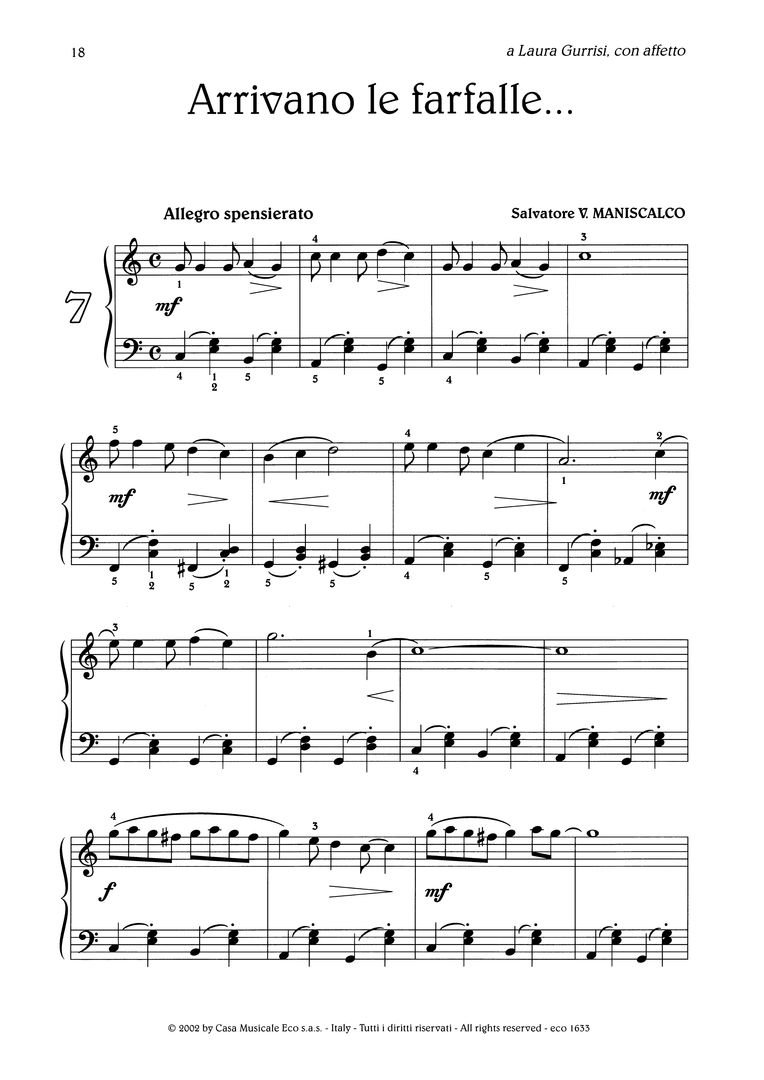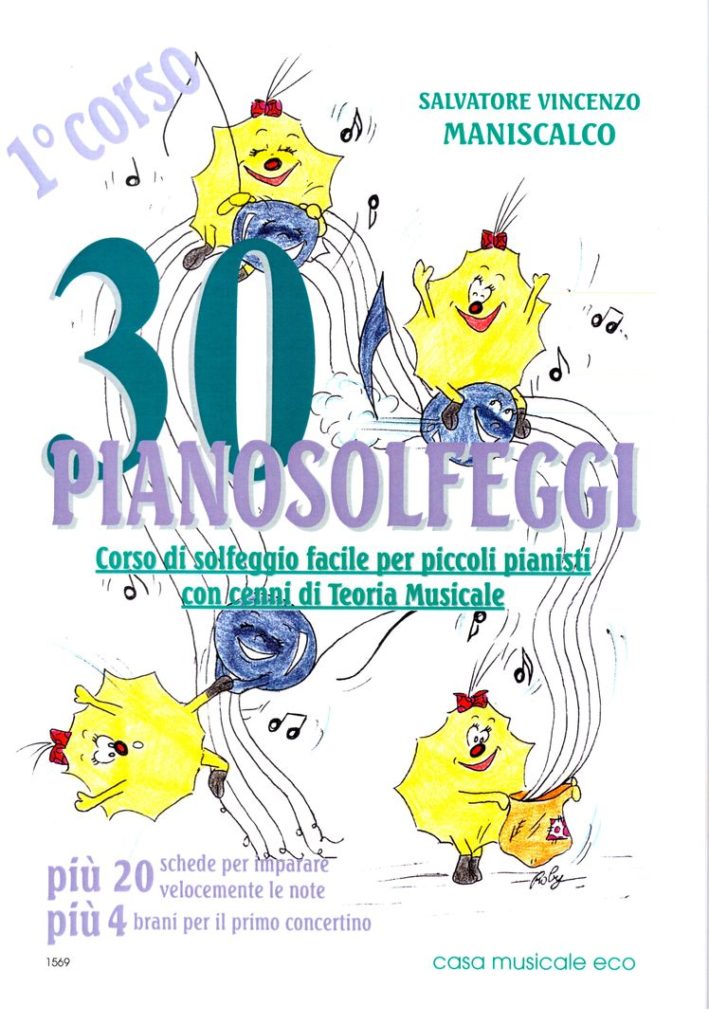
Tutto il corso è strutturato dando priorità allo strumento, privilegiando esercizi rapidi e brevi per mantenere le capacità di attenzione degli allievi. In particolare, i primi dieci solfeggi musicali sono dedicati alle cinque note per la mano destra e alle cinque note per la mano sinistra, consentono la rapida memorizzazione di questo prime note indispensabili.
I solfeggi seguenti si allineano perfettamente alla progressione dello studio del pianoforte. Le piccole note di Teoria Musicale all’inizio di ogni esercizio focalizzano l’attenzione sul contenuto dell’esercizio, nel quale sono scritte.
Le 20 schede permettono di riconoscere le note musicali con facilità e con la “scheda di verifica” si può controllare il grado di apprendimento. Questo metodo di solfeggio per pianisti è indirizzato oltre che alle scuole di musica e agli insegnanti privati, anche alle scuole dell’obbligo, elementari, medie e superiori, che nell’ora di musica affrontano corsi di pianoforte.
I 4 brani per il “Primo saggio di pianoforte”, sono la risposta alla domanda rivolta ad ogni insegnante all’inizio del corso: “… a cosa servono i solfeggi musicali?”.
Il libro è suddiviso in 3 parti :
– 30 solfeggi dedicati allo studio del pianoforte. I primi dieci esercizi dedicati alle 5 note della mano destra e della mano sinistra.
– 20 schede (10 studio e 10 verifica) che facilitano la memorizzazione delle note musicali rendendo l’apprendimento facile e veloce.
– 4 brani per il primo saggio di pianoforte
‗‗‗‗‗‗‗‗‗‗‗‗
© 1998 – Pubblicato da: Casa Musicale Eco/Volontè & CO – Milano
‗‗‗‗‗‗‗‗‗‗‗‗
Ascolta l’esecuzione de brano “Primo blues” contenuto le metodo
Primo blues(S. V. Maniscalco)
‗‗‗‗‗‗‗‗‗‗‗‗
► Scrivimi utilizzando la sezione “Contatti” per altre informazioni sulle mie composizioni.
► E’ possibile anche ascoltare l’esecuzione seguendo lo spartito nella pagina “video-spartiti” di questo sito
‗‗‗‗‗‗‗‗‗‗‗‗
Qui di seguito la Prefazione dell’Autore e alcune pagine del metodo:



